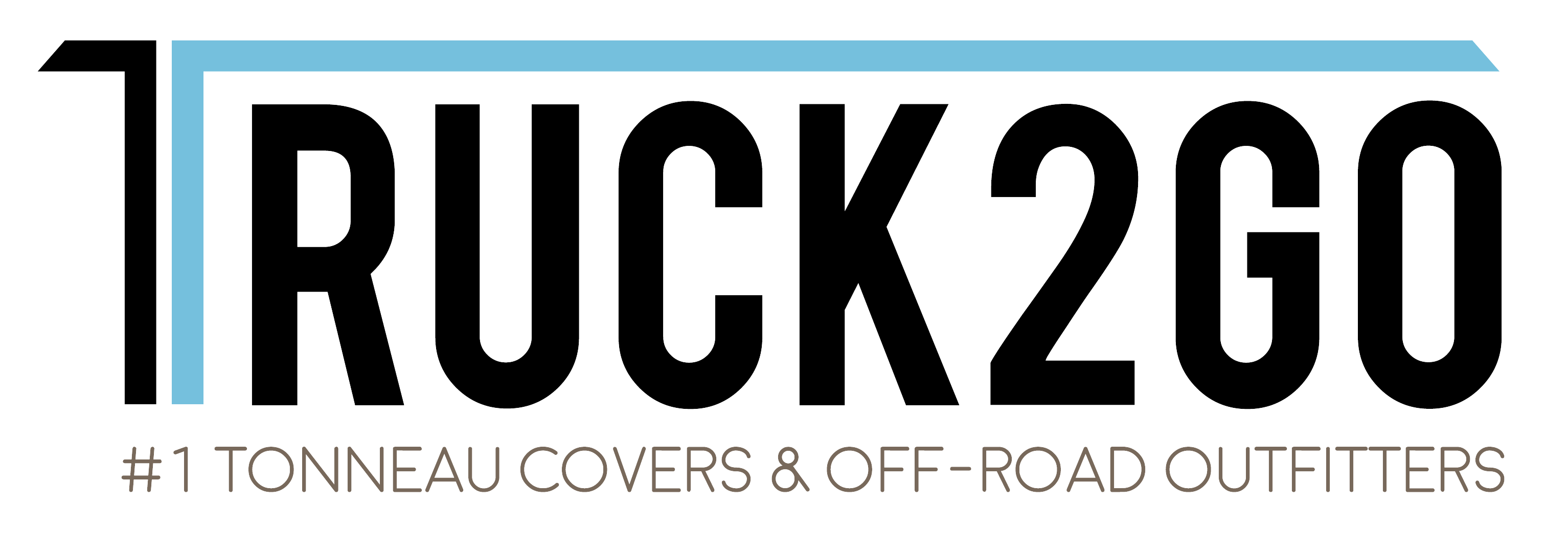-
USD
- USD
- EUR
- GBP
- My account
- Wishlist
- 0
How to Install a Hard Tonneau Cover?

Before installing your hard tonneau cover, you must measure your truck bed to determine what size you need. A standard-sized truck bed is about five feet by four feet. Once you've taken the measurements, you should begin the installation process. Then, you should install the hardware and secure the cover with the included screws. It will be easier to remove and reinstall the cover if you have to move it around a lot.
A hinged lid tonneau cover has shocks that allow it to open and close. To install a hinged lid tonneau, wipe the bed rail with alcohol and apply rail tape to the underside of the cover. Lift the tonneau over the truck bed and gently lower it until the rails snap into place. Once you've done this, the tonneau will be secure and ready to use.
Ensure the tonneau cover fits properly and is securely fastened to the truck. Then, install any optional components. Then, use the screws provided to attach the tonneau to the truck bed. Then, use a jack to lift the cover from the truck bed. Then, install the tonneau cover to the truck bed. It will take about an hour to complete the installation.
Once you've matched the dimensions of your truck bed, install the rails and cover itself. Be sure to remove the diamond plate bed rail caps from the vehicle bed. It may interfere with the weather-tight sealing. It would be best if you also left the tailgate open during installation. In addition to following the installation instructions, you should prepare the materials you need. If you're working with a professional, it's important to have the right tools for the job.
Ensure that the tonneau cover fits securely onto the truck bed. The frame should be sturdy and secure, so you should have no problem attaching the tonneau cover to the truck. To avoid causing pain, read the manual and follow any directions provided by the manufacturer. It will save you time and effort and ensure a perfect fit. There are no mistakes when installing a tonneau.
The first step in installing a tonneau cover is to install the rails. Then, you should insert the tonneau cover itself. Once you've done that, you should fill in the gaps. After installing the rails, you should then fit the tonneau over them. When installing a hard tonneau, you should remember to keep the tailgate open for safety.
Before installing the tonneau cover, you should ensure that you have all the necessary tools and materials. If you're installing a hard tonneau, you should use a screwdriver or a hammer to drill holes in the sides of the tonneau. If you're installing a soft tonneau, you should use pliers and a nut driver to install the latches.
During the installation process, you should make sure that the tonneau covers fit properly and secure the truck bed. You should make sure that the rubber bumpers, drain canisters, tubes, and other components of the tonneau cover are securely installed. Check for any missing pieces or instructions. If you cannot install a hard tonneau, consult a professional.
After ensuring that the tonneau covers fit correctly, you should take the time to secure them in the correct location. Before installing the tonneau, it is important to make sure that the rails run the entire truck bed length. If you don't, the tonneau will not fit properly. You should be able to reach it easily. If you're unsure of where to mount the tonneau cover, consult the manual or the owner's manual.
When you're ready to install the hard tonneau, you should make sure the seals fit tightly and that the tonneau is attached correctly. If you're using a tonneau with an over-bed rail liner, you need to connect the tonneau's hinges with the motor. Then, make sure the tonneau sits evenly on the box's edge, and you have secured the rear seal.

 Mon-Fri 10am - 5pm PST
Mon-Fri 10am - 5pm PST

0 comments